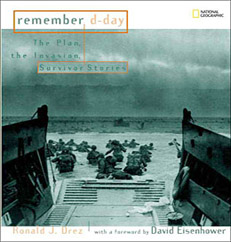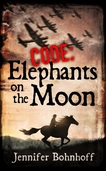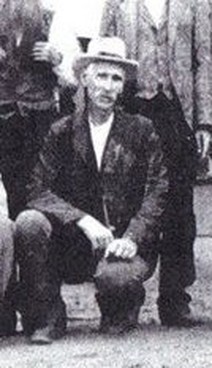Here are five suggested books to help middle school students understand this important historical event. Two are nonfiction, and three are historical fiction.

This award-winning book was written in 2004 to honor the 60th anniversary of D-Day. Authored by Ronald Drez and published by National Geographic, it includes lots of photos and maps and a good discussion on the strategy used, the intelligence it was based upon, and the deceptions that led up this turning point in the war.

The Guns at Last Light was the third book in Rick Atkinson’s #1 New York Times–bestselling adult trilogy about World War II. Here is a portion of it, adapted for young readers. This volume includes tons of period photos and does a good job of capturing the events and the spirit of the day that led to the liberation of western Europe from Nazi Germany's control. This is a great introduction to the battle, and will give students the prior knowledge they will need to understand the context of historical novels set in the period.
Scholastic Press published a series of historical novels for older boys called My Name Is America that did an excellent job on this. Each book was written in the form of a journal of a fictional young man's life during an important event or time period in American history. The series was discontinued in 2004 but the books are still enjoyed by middle school boys.

The main character, Private Scott Collins, is a seventeen-year-old soldier from central Virginia. As his regiment takes part in the D-Day invasion of Normandy and subsequent battles to liberate France, he records his experiences in a journal. By the end of the book he is no longer the naive young man who volunteered for war. The hardships and horror of battle have forever changed him.


Code: Elephants on the Moon will be a featured Kindle Countdown Deal from May 5-12. Get your copy here for only .99.
For free CCSS teaching materials for this book, go here.

























